Industry, government response to HABs employs space-age tech and old-fashioned vigilance
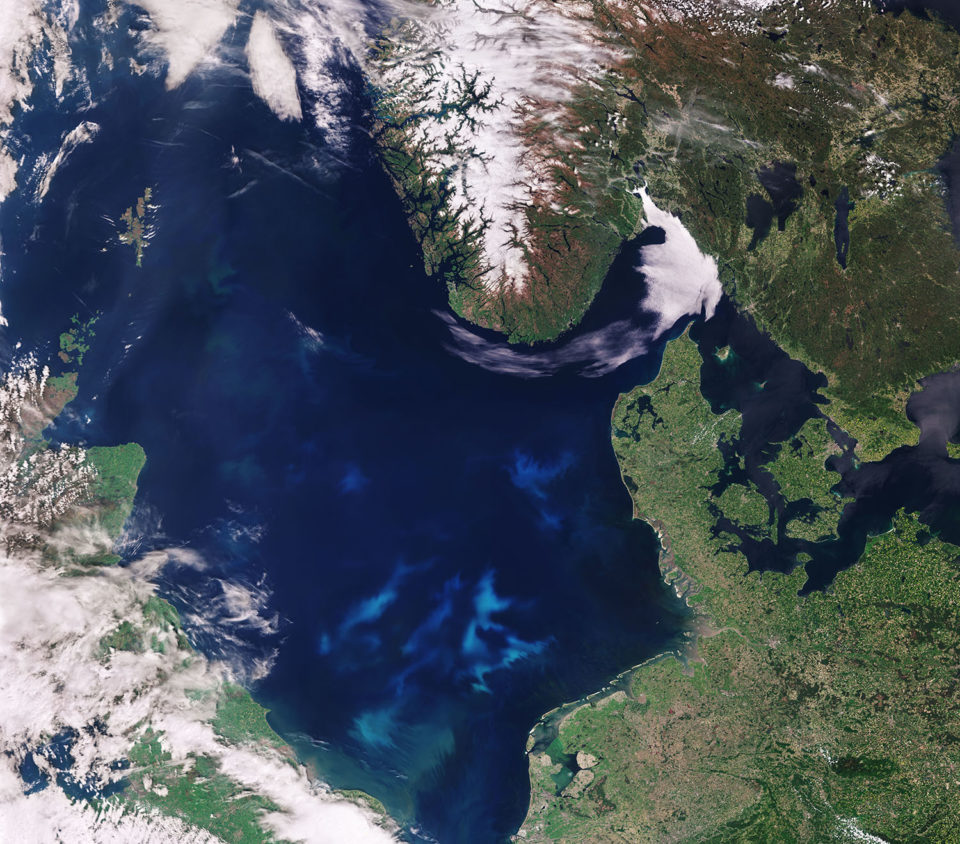
Norway’s salmon industry hit the headlines for the wrong reasons in May, when large blooms of the common alga Chrysochromulina leadbeateri killed around 8 million fish in ocean net pens. This figure continues to rise, although mortalities have slowed to a trickle, as the algae run out of available nutrients and die off.
The same species of algae was linked to salmon deaths in Norway in 1991 and again in 2008.
Algal blooms are caused by phytoplankton, free-floating microscopic algae found in both marine and freshwater ecosystems. They form the base of the aquatic food chain and are an essential nutrient for filter feeding bivalve shellfish and for the larvae of commercially important crustaceans and finfish.
According to Prof. Keith Davidson, associate director of the Scottish Association for Marine Science (SAMS), phytoplankton are responsible for more than half of the photosynthetic activity on the planet.
“There are many thousands of different species of phytoplankton, but only a small subset of these may be harmful to human health. We refer to these as harmful algae and use the term harmful algal bloom (HAB) to describe their occurrence and effects,” he told the Advocate.
The first written reference to a HAB causing mass mortalities in fish appears in the Bible, while one of the first recorded fatal cases of human poisoning from eating shellfish contaminated with toxic phytoplankton was in 1793, when Capt. George Vancouver and his crew landed in British Columbia in an area now known as Poison Cove.
Despite a millennia of awareness about HABs, their causes and effects have only been widely studied in the past few decades, as they began to give the developing global aquaculture industry troubles: severe economic losses for fish and shellfish farmers and major environmental and human health impacts.
Raising the alarm
Blooms may kill fish in several ways. For example, a densely concentrated algal bloom can deplete oxygen in the water due to the high respiration rate of the algae, or by bacterial respiration during their decay. In effect, the fish suffocate. Some algae cause damage to the gills of fish, with a similar result that they are unable to take in enough oxygen. Wild fish can also be affected by HABs, but they are generally able to swim deeper, such as in a fjord or loch, or to swim away.
Algae threatens humans who ingest filter-feeding shellfish like oysters and mussels. Biotoxins concentrate within the shellfish flesh, causing illnesses like paralytic shellfish poisoning (PSP), diarrhetic shellfish poisoning (DSP) and amnesic shellfish poisoning (ASP). Crabs that feed on shellfish can also become toxic.
Common perception has it that all HABs are causally linked to raised concentrations of nutrients, for example from fish farms or from land run-off. However, Prof. Davidson explained that most HABs are spatially and temporally variable natural events.
Lars-Johan Naustvoll, a marine scientist and algae expert at the Institute of Marine Research in Norway concurs with this view, adding that weather conditions, currents, nutrients, the composition of the algae and competition with other species all play a part in the ability of harmful algae to bloom at any point in time. Emissions of inorganic nutrients from fish farms may, however, prolong a bloom’s ability to do harm.
“Different algae respond differently to an increase in inorganic nutrients, and sometimes, the environmental conditions just happen to favor the proliferation of one of the toxic algae, resulting in a harmful bloom like the one we recently experienced,” said Naustvoll.
One of the main questions asked of researchers is whether HAB events are becoming more frequent or more serious. Just three years ago a Pseudochattonella bloom in Chile killed 39 million farmed salmon, valued at $800 million.
Following this event, the Global Aquaculture Alliance published a report that identified steps for better management of HABs, including earlier detection, forecasting and tracking using new technologies, such as buoys that can identify and count algal cells and transmit real-time results via the Internet, and satellite-based remote-sensing systems that can be used to inform physical-biological numerical models.
In Norway, the Directorate of Fisheries is responsible for crisis-managing HABs, sampling the water column to find out the type of algae involved, using models to predict where it might spread, and calling in expertise from the Institute of Marine Research.
Of particular importance is urgent contact with fish farms likely to be affected, to ensure that management have time to put contingency plans in place to prevent or contain the situation. Contingency plans might include harvesting fish early, moving them to another site, or deploying physical or bubble curtains around farms. In Nordland, during the recent crisis, fish farmers managed to safely relocate more than 2.5 million fish. Farmers can also stop feeding fish during blooms, which discourages them from swimming near the surface, where algal blooms tend to concentrate.
Technology up to the task
Many salmon farmers in Norway have found Manolin’s online platform useful for keeping track of the bloom. Originally developed by recent Hatch graduates Tony Chen and John Costantino to help oysters farmers to monitor water quality and predict HABs in Chesapeake Bay in the United States, the Manolin platform has advanced into a comprehensive health-focused analytics software package.
Manolin aggregates public and private data sources and makes the information accessible and easy to navigate at farm level. For example, Norway mandates that salmon farmers report weekly about sea lice counts, and farmers using the platform can opt to receive notifications if a neighboring farm’s lice count increases to an actionable level.
Constantino explained that they followed the algal bloom situation from the start, monitoring the information published on a daily basis by the Directorate of Fisheries (DoF). However, it was difficult to get a full picture of what was happening where, so Manolin’s solution was to coordinate data from active farmers in the affected area, such as the position of the farm sites, where in the production cycle the fish were, and combine it with the DoF information.
“Some people were posting maps on Facebook to show where the bloom was located, but we wanted to simplify all the information in one package for the salmon farmers. As leaders in this type of technology, we were able to quickly add a new tool to our package,” said Constantino.
One service that offers subscribers early warning capability of HABs in Europe is the SAFI Decision Support Service, which makes use of the European Space Agency’s (ESA) earth observation (EO) Sentinel satellitesto offer near-real-time environmental monitoring for users via an interactive online platform. Monitoring parameters include Chlorophyll-a, sea temperature, the HABs Karenia mikimotoi and Lepidodinium chlorophorum, water column visibility, salinity and turbidity.
https://www.aquaculturealliance.org/advocate/eye-in-the-sky-europe-employs-satellites-to-advance-aquaculture/
Italian company AquaX also offers a powerful tool for effective management of environmental risks that can impair fish farm productivity. Its worldwide service monitors water quality and provides early warning of HABs, thanks to the integration of satellite data with in-situ water samples and mathematical models. Depending on location, users have a five- to seven-day window to implement contingency measures before a farming site may be compromised.
Examples of more low-key monitoring programs in the United States include the SoundToxins project, provided by NOAA’s Northwest Fisheries Science Center, the Environmental Protection Agency and the Department of Ecology. It uses frequent water sampling to check for salinity, temperature, nutrients, chlorophyll, phytoplankton species and the presence of biotoxins, with the aim of providing warning of HAB events. This in turn enables fish and shellfish farmers to selectively harvest seafood, to minimize risks to human health, and reduce economic losses in productive growing areas like Puget Sound in Washington.
Global collaboration
While obtaining early warning of HABs is of great value to the aquaculture industry, it is far from straightforward, Prof. Davidson explained, as key species exhibit different life cycles and variable toxicity, and local oceanography and hydrography affect the location and timing of blooms.
“Expert interpretation of multiple data streams, including phytoplankton and associated environmental drivers, is required to assess the risk of HABs and forecast their occurrence,” he said.
Davidson is part of the GlobalHAB initiative, an international scientific program set up by the Scientific Committee on Oceanic Research (SCOR) and the Intergovernmental Oceanographic Commission of UNESCO (IOC) that aims to improve understanding and prediction of HABs in aquatic ecosystems, as well as the management and mitigation of their impacts.
“Improvements to forecasts are ongoing, as we gain a better understanding of the ecology of HAB species, and improvements to technologies – including remote sensing algorithms, remote underwater gliders, molecular biological approaches to identify morphologically indistinct species, in situ phytoplankton counters and better physical/biological coupling of mathematical models – will help to improve early-warning capability,” he said.
SAMS in Scotland already operates a web-based HAB early warning system, which provides a searchable map of current and historic HAB conditions, and an option to download a detailed weekly HAB assessment for the aquaculture-intensive region of the Shetland Islands.
SAMS is also involved in numerous projects designed to understand, predict and manage HABs, including Predicting Risk and Impact of Harmful Events on the Aquaculture Sector (PRIMROSE), which has partners across Europe. The aim is to develop improved forecasting, based on a traffic-light system, which will include microbial risk and climate impacts and benefit from improved spatial resolution provided by new generation Sentinel satellite data products.
While use of satellites such as the Sentinel-3 OLCI (ocean and land color instrument) have enhanced HAB early warning capabilities by providing more accurate, detailed and regular ocean-color measurements for computerized analysis, exploitation of these new sensors has challenged the developers of EO data processing algorithms, according to Dr. Andrey Kurekin of the Plymouth Marine Laboratory (PML).
She explained that an automatic HAB-detection method had been developed at PML, using machine learning techniques to recognize HAB signatures in ocean-color data. The accuracy of this method depends on the number of example satellite images of HABs being used for training the algorithm, but the number of harmful algal blooms available for a new EO sensor is limited, which affects the accuracy of HAB detection. To overcome this, a new training strategy has been developed, based on measurements of optical properties of harmful algal species grown in a laboratory, and modelling-sensor measurements of ocean-color data. The new system, which has shown promising results with the HAB Karenia mikimotoi, is independent of EO sensor data and can used for EO sensors that do not yet exist.
The work was undertaken as part of the ShellEye project, which has developed tools to help shellfish farmers monitor and forecast water quality in order to prepare for events that could have a negative impact on their shellfish, and will help to extend ShellEye’s monitoring capabilities for HABs in UK coastal waters.
Follow the Advocate on Twitter @GAA_Advocate
Now that you've reached the end of the article ...
… please consider supporting GSA’s mission to advance responsible seafood practices through education, advocacy and third-party assurances. The Advocate aims to document the evolution of responsible seafood practices and share the expansive knowledge of our vast network of contributors.
By becoming a Global Seafood Alliance member, you’re ensuring that all of the pre-competitive work we do through member benefits, resources and events can continue. Individual membership costs just $50 a year.
Not a GSA member? Join us.
Author
-
Nicki Holmyard
Nicki Holmyard has written about the seafood industry for longer than she cares to remember! A committed pescetarian, she is also a partner in the UK’s first fully offshore rope-grown mussel farm.
Tagged With
Related Posts
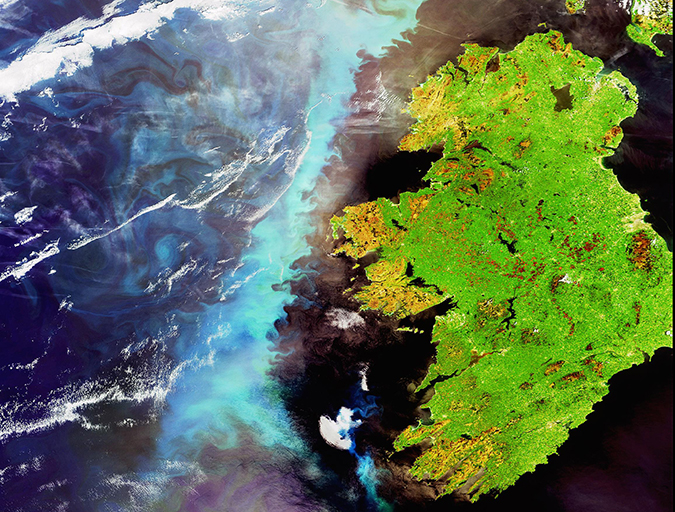
Innovation & Investment
Eye in the sky: Europe employs satellites to advance aquaculture
Copernicus – the European Space Agency’s €4.3 billion Earth Observation System – holds potential benefits for fisheries and aquaculture. The SAFI project is approaching the aquaculture sector about harnessing, and montetizing, this unique service from up above.
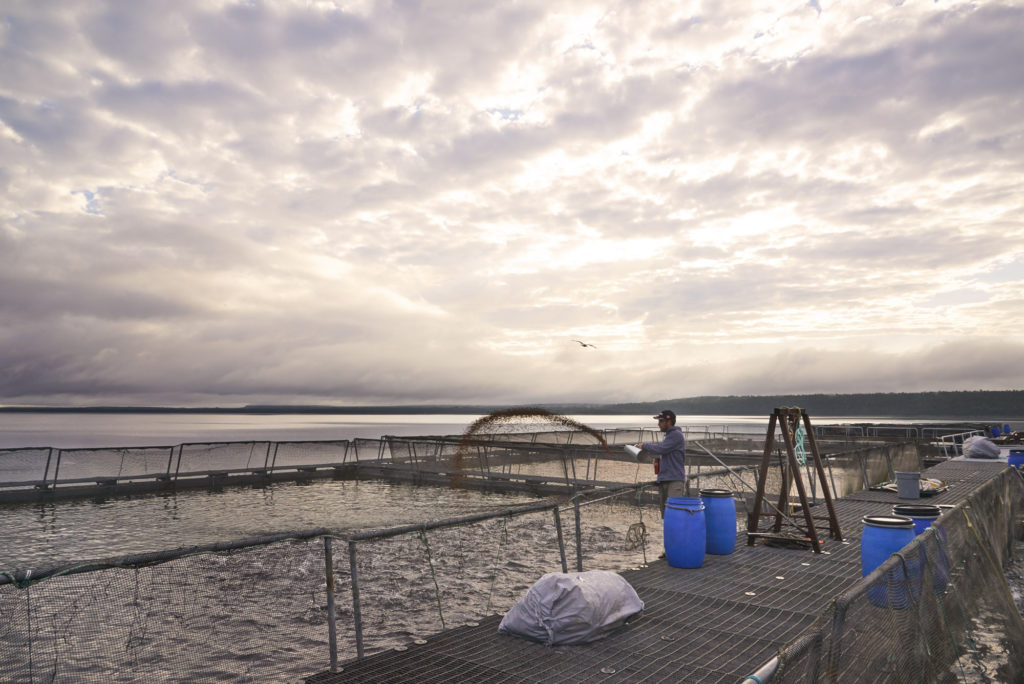
Responsibility
For Great Lakes aquaculture, it’s a tale of two countries
Canada and the United States may be friendly neighbors, but when it comes to aquaculture, the bordering countries take vastly different approaches to aquaculture in the Great Lakes.
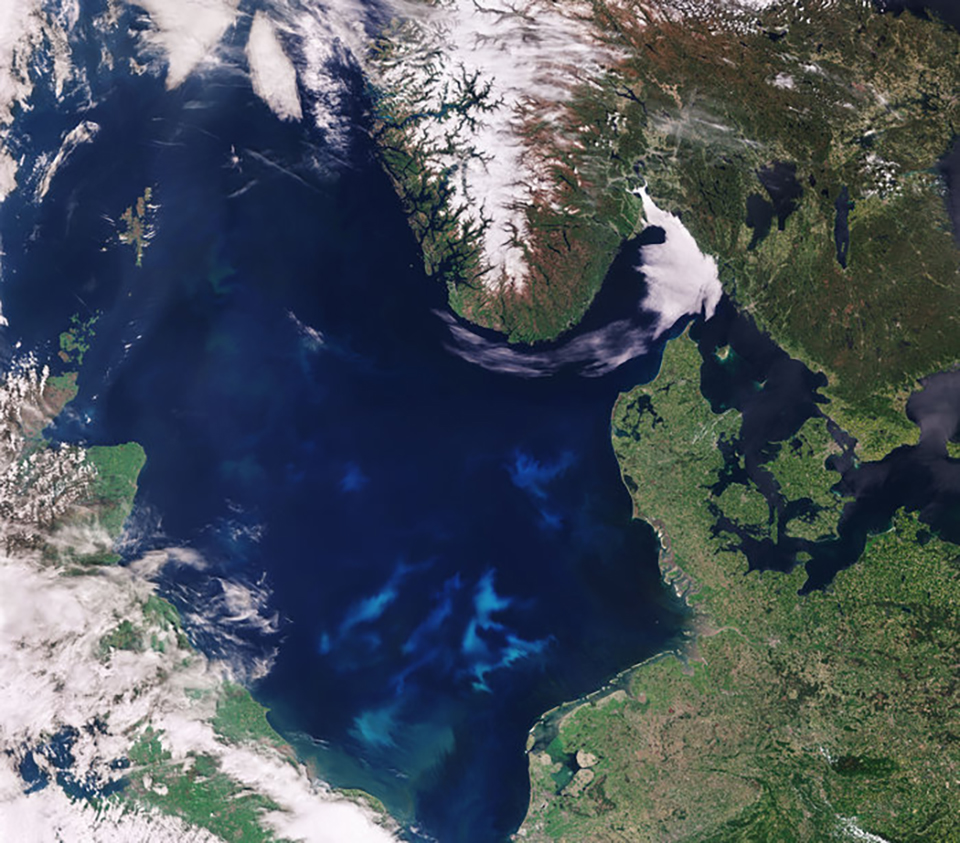
Innovation & Investment
Satellites give aquaculture the power of foresight
Verona, Italy-based ColomboSky’s satellite monitoring tool provides early detection of approaching water threats specifically for marine aquaculture.
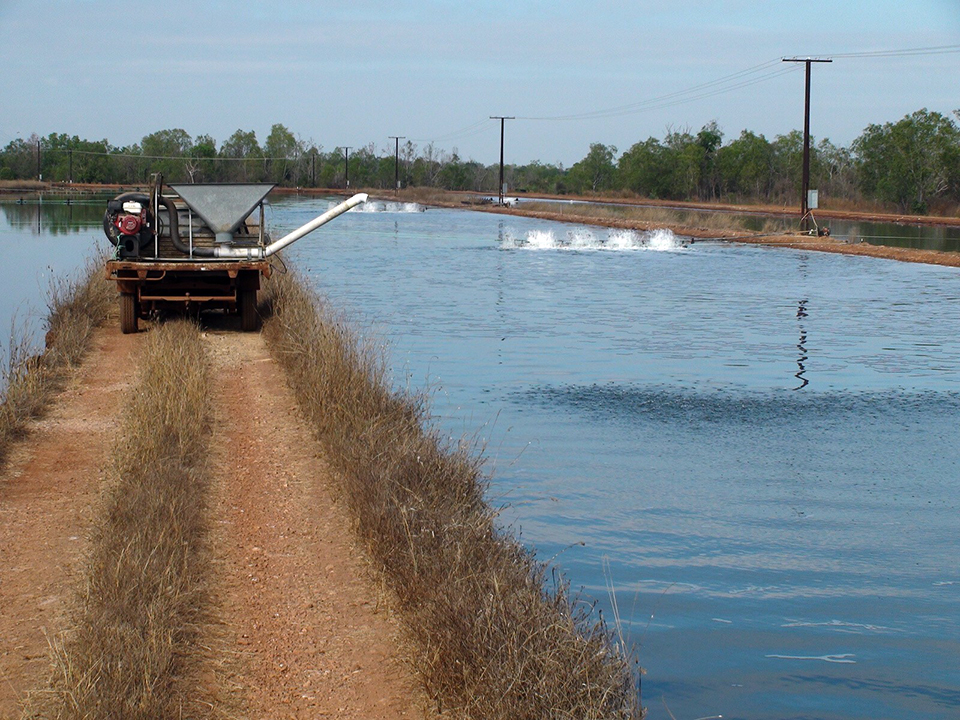
Responsibility
Phosphates, pH management control algal blooms in barramundi ponds
Pond pH had a strong effect on the effectiveness of a product applied to remove excess phosphate to control algal blooms in eutrophic aquaculture ponds.


